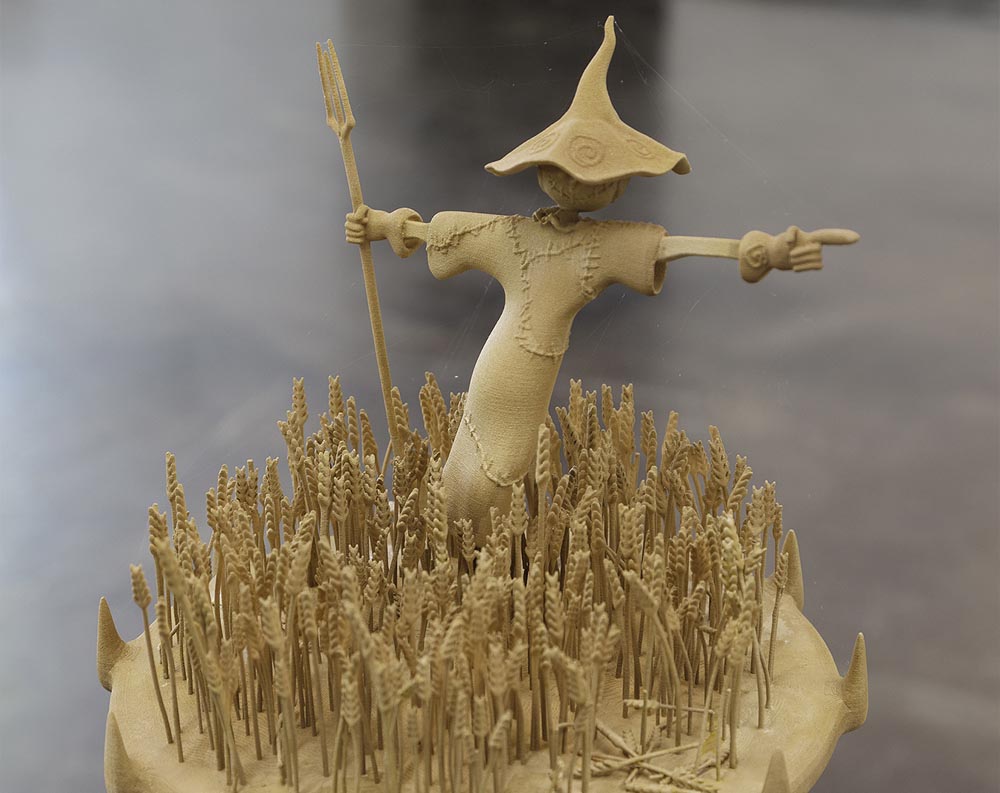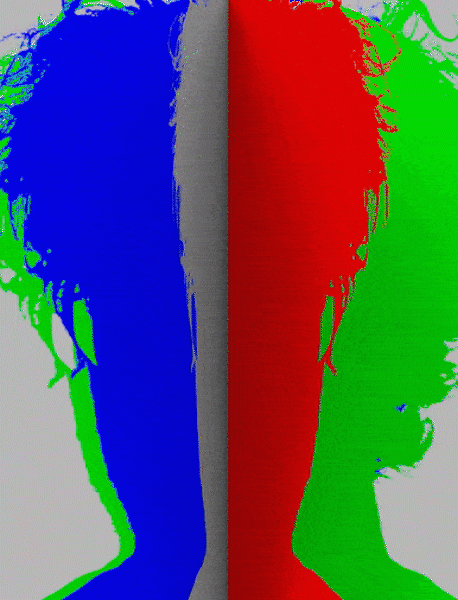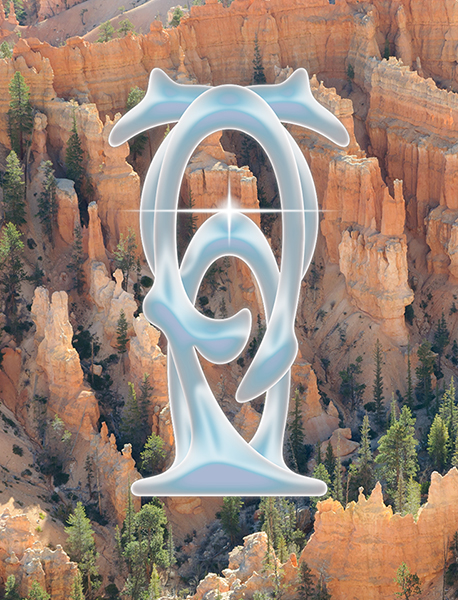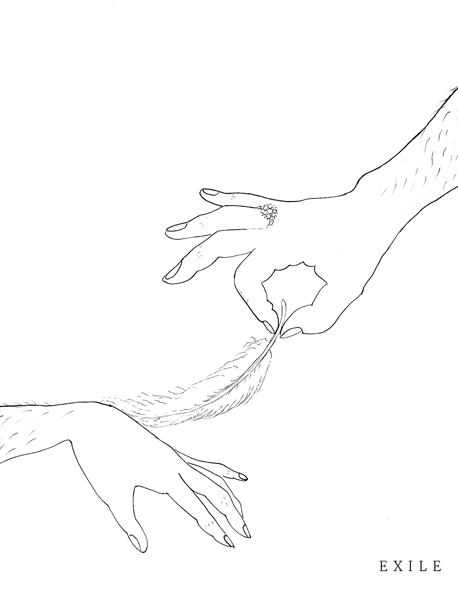OFLUXO
The sun is a ghost that haunts the night, Chapter 1: Dilithium
Abbas Akhavan, David Armstrong Six, Valerie Blass, Genevieve Cadieux, Lutz Dammbeck, Anetta Mona Chisa, Emily Jones, Barbara Kapusta, Angelika Loderer, Julius Pristauz, Philipp Timischl, Tai Shani
Curated by Daphné Boxer and Jen Kratochvil
At Centre for Contemporary Art FUTURA, Prague
September 07 — November 14, 2021
Dilithium searches for modes of escape, for potentials of interstellar travel, for routes, paths and shortcuts to eternity and beyond. Leading into far reaching realms where we can to take control of our identities and appropriate spaces to cater to our inner needs and long lost desires. Using a well established sci-fi trope, following with a raised eyebrow the rules of prevalent extractive systems leading to scarcity and total dependence, Dilithium attempts to formulate viable strategies of harnessing embryonic powers hidden deep within our bodies and minds.
Their Prime directive fascinated my child’s brain so much without any knowledge or understanding of the post-colonial narrative. The idea that you can’t descend from your shiny utopian space vessel upon a less developed world and mingle with a society’s natural development before it reaches the ability to touch the stars on its own sounds like healing. Till we earthlings first used warp drive, all the aliens were just passing by. But then, a Vulcan ship, with their “Live Long and Prosper” catchphrase, descended somewhere in WWIII-devastated Montana and embraced humankind and our newly discovered window of opportunities. And so they gave us Dilithium to properly fire up the engines, far beyond the potential of anything on Earth could do.
Dilithium is a natural resource found only on a handful of planets in the galaxy. It allows stabilizing of the matter/ antimatter reaction in the faster-than-light warp engines. Dilithium in its crystalline form exists in more than three dimensions at once. It is a younger sibling of the Spice melange, found only on Arrakis, leading to wars between the imperial houses. Spice, on top of its space travel properties, also expends life and consciousness. Actually, the navigators using spice reach the distant corners of the galaxy by direct mental projections – imagining a place and suddenly appearing there. One can say that spice is the much more sophisticated sibling.
The show should actually instead be called Spice than Dilithium. And it should rather use Dune than Star Trek as a referential point. But the latter not only sounds better, it also addresses an idea of interdependency coming from this star-treky post-colonial relay race approach. You get somewhere and pass on the torch to another player and continue your way, or get some rest if you will. Which is for something this show is about. Among other things, of course.
So the show. Dilithium and its shattering mirrors. I just can’t see the images hidden in autostereograms. I mean, supposedly, one can train their eyes and brain to be more perceptive. Still, I just never managed to take enough time to do so, and you know what, I actually enjoy that slight annoyance coming from the inability to see something others can, within seconds. Autostereogram works like a gateway to another plane of perception. Like an aperture to a new dimension immersed in a screen, a sheet of paper, or, in this case, a wall. It is about experiencing more dimensions at once and expanding your consciousness, even though it’s just a game. What I see is a prospect of open doors of perception (no Huxley involved, at least not yet), but not even the contours are showing. It’s but a blur. But encountering a crack in reality that might bring endless possibilities is bliss. For that, Huxley needs to come to play, though. Huxley dancing with witches around a sacred ritual ground where ergot, a fungus found on rye and other grains from which LSD is derived, grows in abundance. Suddenly the space travel is not only achievable – without any Vulcans in sight – but space travel is the natural form of existence. The bodies are transmuting into fluid forms, where not only gender as a restrictive social construct provides any answers, but where fluidity doesn’t need to find a container to take shape, hands are flourishing like weed, leaving their prolongations behind, and who would dare to stop their growth. Only one body in the space wants to be temporarily fixed, spilling all over neatly polished surfaces as a magma consuming oblivious matter in a boiling hot embrace. But that body is there only for here and now, and you are literally determined to miss it.
Dilithium is a placeholder portraying learning and exploration, consensual exchange instead of extractive exploitation. It holds the potential of transmutation, transfiguration, and alchemy. It is not but a material; it is an entity with its complex soul. Only now, after 50 years of existence, my favorite fictional universe started to delve into its living capacities. Reflecting the societal shift in perception of inorganic, therefore supposedly dead materials. The power of such materials remains to be carefully reevaluated, narrated, or just left to their natural cause. There is no dependency; there is only exchange and self-aware interdependency.
— Daphné Boxer, Jen Kratochvil






























OFLUXO is proudly powered by WordPress







